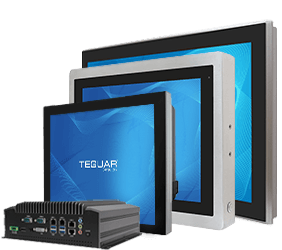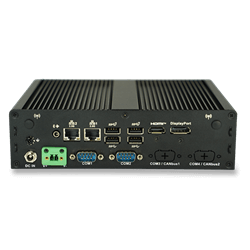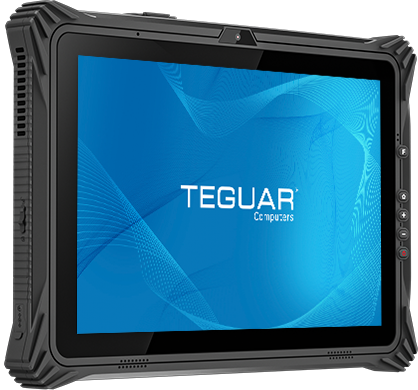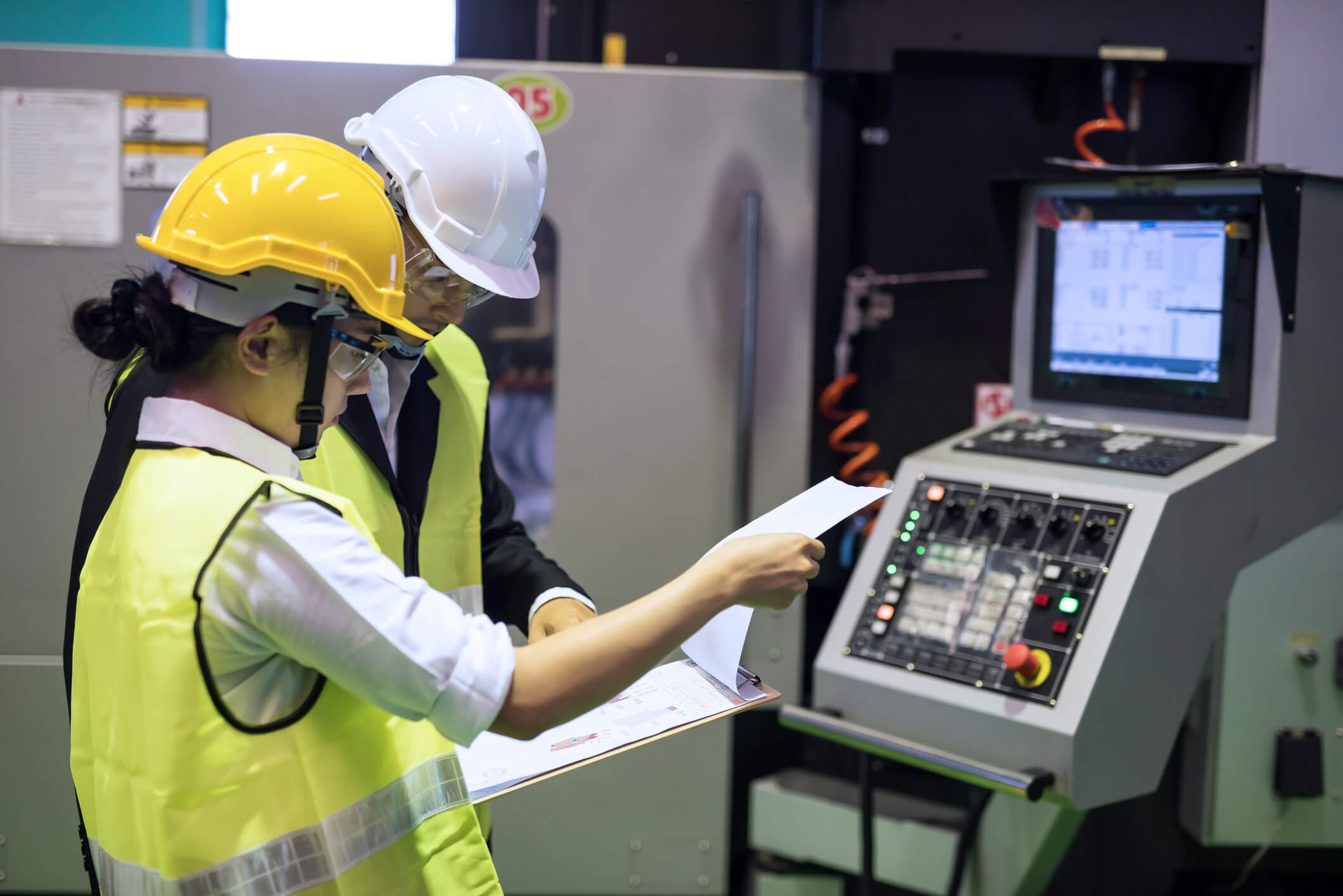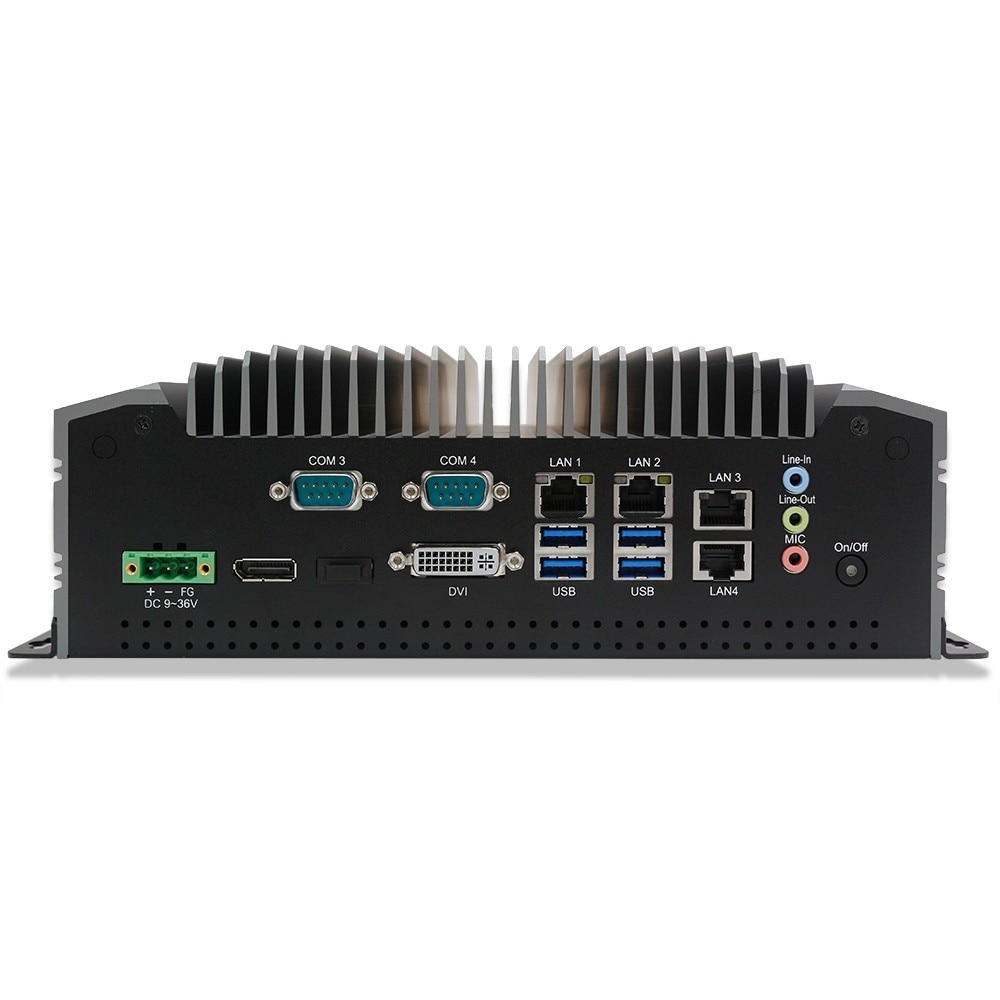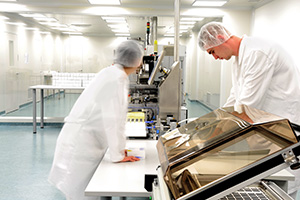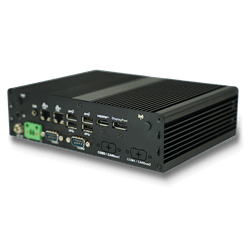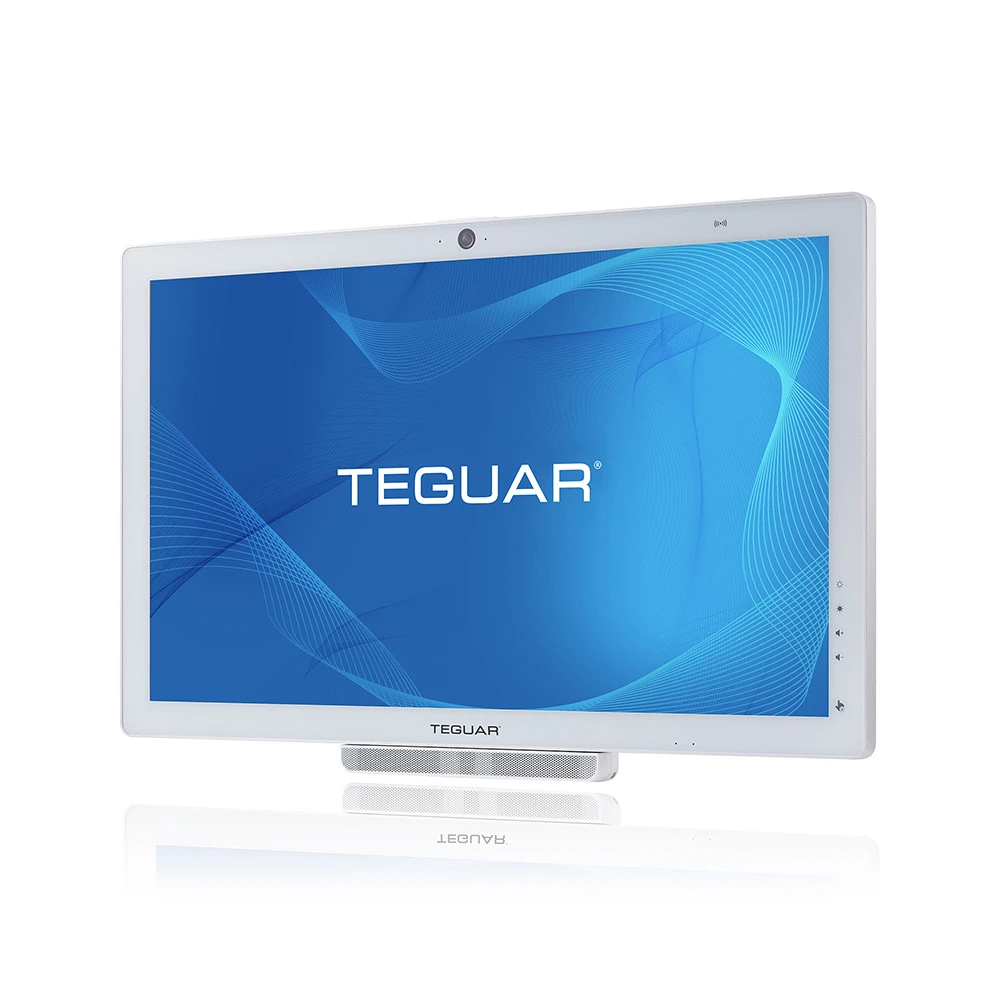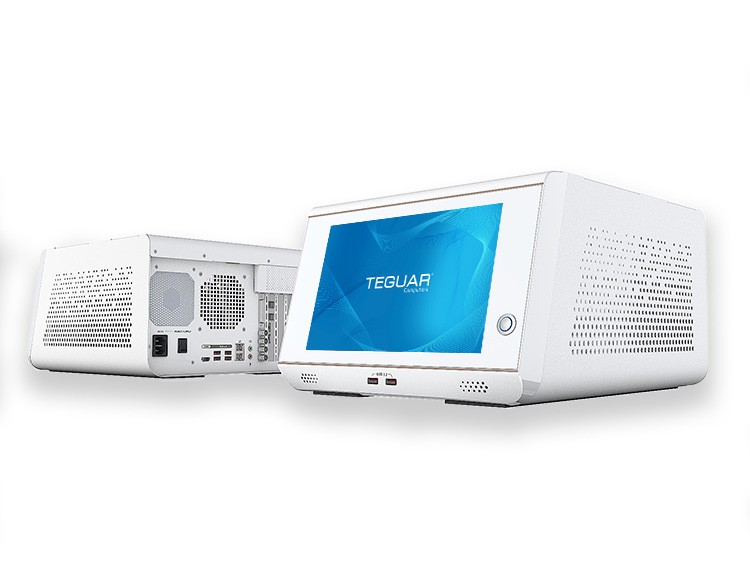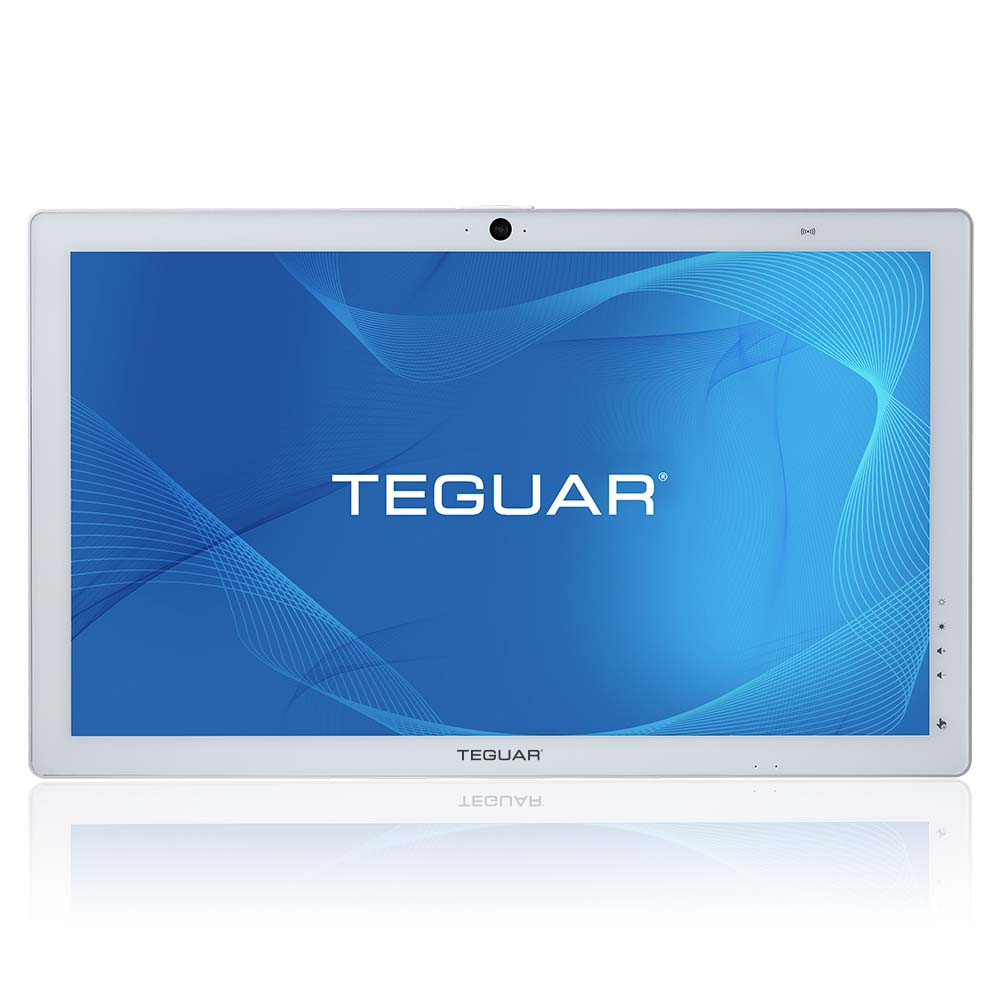Best Practices for Vehicle Mounted Computer Shutdowns
Vehicle mounted computers are required for various applications in supply chain and other industries. Some examples include:
- Forklift mounted computers for warehousing applications
- Computers integrated into agriculture equipment and tractors for precision spraying and GPS guidance
- Computers mounted in cranes for camera feeds and control
- Rail transit and bus transit computers for signage, door control, announcements and recording
- Law enforcement computers for video capture and communication
- Electronic Logging Devices mounted in semi-trucks

All of these applications require rugged computers that can withstand high mechanical shock and vibration and operate in wide temperatures in the heat of summer and dead of winter. These environmental requirements are obvious to most, but there is a less obvious and sometimes overlooked requirement for vehicle mounted computers. The computer must be able to connect to the vehicle battery power. If set up incorrectly, the connection between the computer and vehicle battery can have negative consequences for both. For the following discussion, assume that the power being supplied by the vehicle is within the voltage tolerance of the computer, as most vehicle computers have a wide range voltage input (9~36V or wider is common).
Preventing Power Drains and Protecting Hard Drives in Vehicle Mounted Computers
The main concern for the vehicle in this situation is battery drain. This is typically not an issue when the vehicle is running, as the computer is drawing power from the vehicle and not the battery. However, when the vehicle is turned off, a computer can quickly drain the vehicle battery. The computer must be turned off when the vehicle is turned off. It would not be wise to rely on human interaction to turn off the computer every time the vehicle is turned off. No doubt, there would be times when the operator simply forgets this step and the vehicle battery dies before the next use.
The computer needs to automatically turn off when the vehicle is shut off. You might ask, “can’t we just set up a relay to remove power from the computer when the vehicle is turned off and apply power when the vehicle is turned on?” The answer to this question is NO. Shutting off power to the computer while it is running will cause data corruption on the computer hard drive or SSD. Each time power is suddenly removed from a computer, you run the risk of corrupting the filesystem. When this happens, the computer will fail to boot and the hard drive or SSD will need to be reimaged or replaced. In order to protect the computer’s file system, the computer must perform a graceful shutdown.
There are a few different methods to prevent vehicle battery drain and also protect the computer’s file system. The two most common methods are explained below.
Ignition Input
There is an ignition signal present in most vehicles. When the vehicle is on, this signal is asserted to the same voltage as the battery, when turned off, it is set to ground. Some specialized computers are available with an ignition input, meaning they have unique hardware that allows the ignition signal to turn the computer on and off. The computer can be connected to the vehicle battery at all times, without ever draining the vehicle battery, and also perform a safe shut down, protecting itself from data corruption. Many computers with ignition input signals have jumper settings or BIOS settings that allow users to program how a computer behaves when the ignition signal is asserted or removed. Users can change how long the computer waits before shutting down after the ignition signal is removed and set the computer to power on automatically when the ignition signal is applied.
Internal UPS Backup Battery
Another method is to select a computer with an integrated battery. Tablets have integrated batteries and many touchscreen computers have optional integrated UPS backup batteries. These batteries can communicate their charge percentage and other information to the operating system. The operating system can then automatically perform a graceful shutdown when the battery is near depletion. This battery support is built into Windows and you may see this on your personal laptop when the battery is almost dead.
Computers with batteries can be safely connected to the vehicle battery, because when the vehicle voltage is disconnected from the computer, the computer’s battery takes over. The operating system power settings can be tweaked to change how the computer reacts to changes in the battery status. For example, the computer can be set to perform a safe shutdown as soon as the battery takes over, or it can be set to wait for some period of time before a safe shutdown is initiated. The computer can also be set to power on automatically the next time vehicle power is applied.
Summary
Both of these methods work well for protecting vehicle batteries and also protecting the computer from file system corruption. The ignition input implementation is most common with box PCs and in extreme conditions such as agriculture machinery and outdoor vehicles. This is largely because box PCs can have wider temperature ranges than computers that include batteries and LCDs. The internal battery implementation is more common with touchscreen computers and tablets for applications such as forklifts, cranes, and in temperature controlled areas. These applications benefit from the simplicity of the power wiring and the flexibility of having a single all-in-one touchscreen computer.
Teguar’s Vehicle Mountable Computers
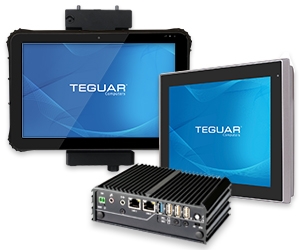 TB-4017 | Wide Temperature Box PC with Optional Ignition Input
TB-4017 | Wide Temperature Box PC with Optional Ignition Input
TP-2945-10 | Compact Panel PC with Ultra-Low Power Usage
TRT-5180-12 | Rugged Tablet with Hot-Swappable Battery
View all of our Box PCs, Panel PCs and Rugged Tablets, or contact a representative to discuss your project and request a demo.
Previous Article
TM-5040 Medical Computers now 60601-1 4th Ed Medically Certified

